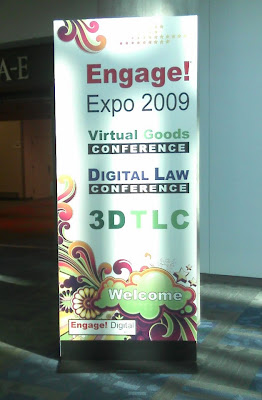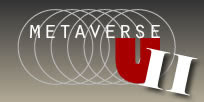
The Kira Institute , a nonprofit organization in Second Life, focuses on combining the elements of universality and personal involvement. Kira is exploring the use of virtual worlds to develop new forms of research and education, rooted in scientific and scholarly traditions but unconfined by the usual disciplinary and academic boundaries or by geographical limitations. Virtual worlds are media where professionals, amateurs, teachers, and students, from all over the globe, can engage in open dialog. In this setting, Kira facilitates peer based collaborations in fields as diverse as science, art, philosophy, and other ways of knowing. As their website describes it, science is basically universal in the way it is practiced, largely independent of nationality or personal belief system, where personal involvement is specifically discouraged. Systems aimed at developing and guiding personal aspirations, from religions to ideologies to humanistic programs, do encourage involvement, but at th...









